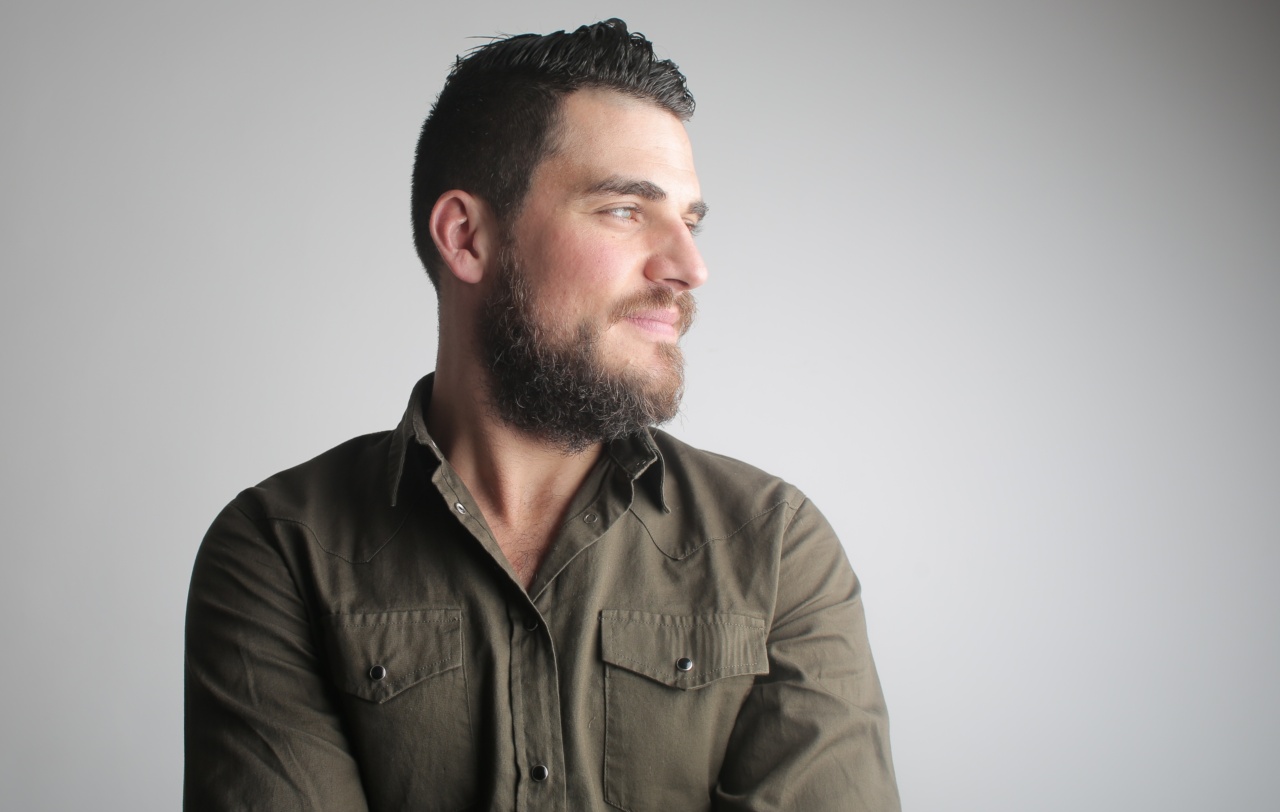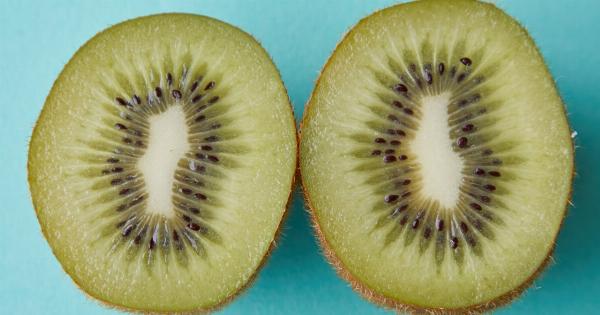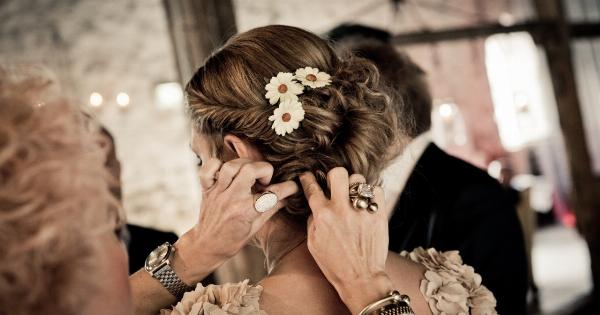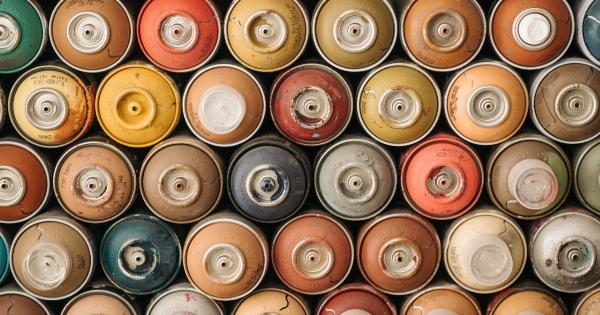Our hair is a part of our identity, and we all know how important it is to have healthy and strong hair. But how can you tell if your hair is in good condition? Here are 10 ways to determine the condition of your hair:.
1. Look at Your Hair
One of the easiest ways to determine the condition of your hair is to look at it. Healthy hair should have a shiny appearance, be soft to the touch, and have a consistent texture throughout.
2. Check for Split Ends
Split ends are a common problem that indicates your hair is damaged. Check for small split ends at the end of your hair strands.
3. Examine Your Scalp
A healthy scalp is essential for healthy hair growth. Check for any flakes, dry patches, or redness on your scalp, as they can indicate an underlying condition that needs to be addressed.
4. Feel Your Hair
Healthy hair feels soft to the touch and is easy to manage without any tangles or knots. If your hair feels brittle or rough, it may be a sign of damage.
5. Observe Hair Color
Changes in the color of your hair can indicate the condition of your hair. If your hair has become dull, faded, or lacks vibrancy, it could be a sign of damage.
6. Assess Hair Thickness
The thickness of your hair can indicate its overall health. If your hair is thinning or breaking easily, it may be a sign of damage or a nutrient deficiency.
7. Check for Elasticity
Elasticity refers to the ability of your hair to stretch without breaking. If your hair is lacking in elasticity, it could be a sign of damage or a lack of moisture.
8. Test for Porosity
Porosity refers to how well your hair absorbs and retains moisture. Test for porosity by placing a strand of your hair in a glass of water. If it floats, your hair is likely low porosity, and if it sinks, it is likely high porosity.
9. Assess Hair Growth Rate
Your hair growth rate can indicate the condition of your hair. If your hair is growing at a slow rate or is not growing as it should, it could be a sign of damage or an underlying condition.
10. Conduct a Hair Strand Test
A hair strand test can determine the condition of your hair at the molecular level. It involves pulling out a strand of your hair and observing the strand’s structure, texture, and elasticity under a microscope.






























